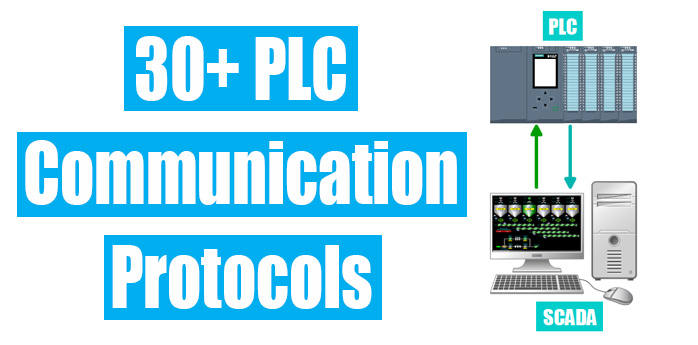

To answer all these questions, computers either follow protocols when they communicate with one another or use special circuits. Whenever two computers communicate with one another, there are a few details that need to be known (since they are computers and kind of need to be spoonfed with all necessary information). We will be talking about them in great detail in the coming section. To select which type will be used, we use a combination of registers. Serial communication in 8051įor serial communication, the 8051 can use either asynchronous or synchronous types. Now that we know what serial communication is, what are its two types and what to call it when its in particular directions, let’s zero in on how serial communication takes place in the 8051 microcontroller. These are applicable for serial communication too.
Full-duplex– In this mode, both the receiver and the transmitter can communicate at the same time. Half-duplex– In this mode, other both the transmitter and receiver can transmit data, but they can’t do it at the same time. Simplex– In this mode of communication, there is a one-way movement of data, and only the transmitter can send data. This makes it faster and more efficient as it does not have any overhead in terms of start and stop bits.Ĭommunication, in general, between any two devices, can follow three different modes of transmission. The reason we use the clock is to tell the devices when the data is being sent and at what speed it needs to sample the data to make sense of it. The clock is common to both the communicating parties. Synchronous communication: In this case, the two devices communicating with another use the same clock signal to synchronize the data transmission. 
This makes it cheap to implement but can be less efficient when compared to synchronous communication. These bits also help the communicating devices know when a frame of data is over. It uses special characters known as start and stop bits which help the computers synchronize their communication. Asynchronous communication: As the name suggests, asynchronous communication does not use a synchronizing clock signal when transferring data.

Serial communication can occur in two ways:
Using serial communication with interrupts. Receiving data using UART and sends it to port 1. Transferring data using UART (Sends data “abc” using UART). Using serial communication with polling. PCON register for doubling the baud rate. Types and modes of serial communication. Let’s dive into serial communication since that is the prime focus of this post. They are both useful in certain specific settings. Their unique pros and cons notwithstanding, the choice of their implementation varies depending on the application. Serial communication, on the other hand, is cheaper as it uses only one wire to transfer data. When it comes to the speed of data transmission, parallel communication is faster but can cause issues like cross talk and is costlier due to the higher amount of wires it needs. So for serial communication, only one wire is used to transfer 8-bit data (bit by bit) whereas parallel communication requires eight wires. But for parallel communication individual wires are required for each bit. In the case of serial communication, one wire is enough to send multiple bits of data in the form of a stream of bits. Communication protocols generally have some standards to maintain, and these standards are governed by groups or consortiums.Ĭomputers can communicate with one another using serial or parallel transmission of data. It could, in theory, be used to facilitate the implementation of an asynchronous serial protocol, but it itself isn’t one. It’s just an electronic circuit that receives and transmits data serially in an asynchronous manner. Note that UART is NOT a communication protocol like SPI, I2c etc.







 0 kommentar(er)
0 kommentar(er)
